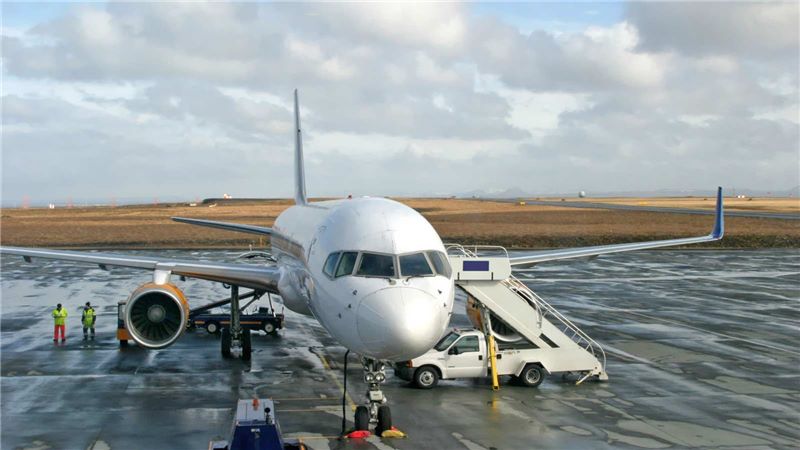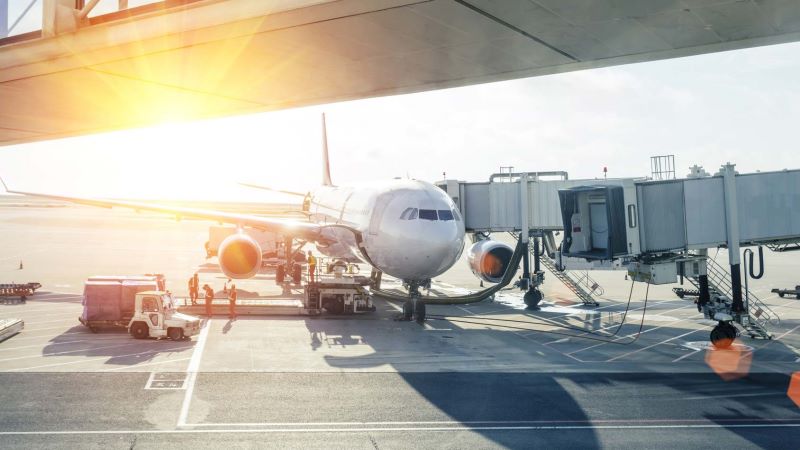Doubling capacity at Iceland's principal airport
Pursuing a sustainable world on Iceland’s largest ever infrastructure programme.
Keflavik Airport Project summary
Client company name
Isavia
Services provided
Programme sustainability management
Sectors
Aviation
Services provided
Sectors
Locations
CloseProject story
As Iceland's largest airport, Keflavik’s ideal location provides not only an important gateway for tourism, but a central hub, crucial in export of Icelandic goods across the world. And in 2015, Iceland’s national airport provider, Isavia, published its 25-year plan for the continued expansion of Keflavik as the major North Atlantic base for air traffic, further boosting the airport's value as an engine for the country’s economic growth. We’re proud to be working with Isavia to deliver on that vision.
Isavia’s aim is to double the capacity of the existing airport over the next ten years, whilst also reducing the carbon footprint of operations and flights, maximising efficiency of construction. Targets include reducing operational carbon footprint by 99% by 2030 and the programme will invest up to €1.5bn in a new 85,000m², 17 airbridge-served aircraft gate East Pier, a new North Terminal, landside infrastructure developments and other associated works - all enabling Keflavik Airport’s capacity to grow incrementally (and sustainably) alongside passenger demand.
Our 30-strong team provides a full range of programme management services across the project, including sustainability. Two environmental specialists sit within the Mace project design teams, and a social value expert is embedded into the community, stakeholders, and supply chain.
In 2020 Mace created the programme’s legacy and sustainability plan. This document set the programme’s vision, laying out the benefits and costs of tackling sustainability, and listing targets and detailed recommendations for delivering a sustainable programme over the next ten years. Since then, we’ve been translating this vision and ambition into tangible, deliverable actions.
Our focus has been delivering sustainability across three areas: environment, social value, and leaving a learning legacy. Whether it’s driving positive change to achieve net zero and enhanced biodiversity, creating sustainable work and employment opportunities or fostering prosperous communities and a circular economy, we’re making realistic and practical recommendations based on our vast experience of adding value to similar projects across the aviation sector.












